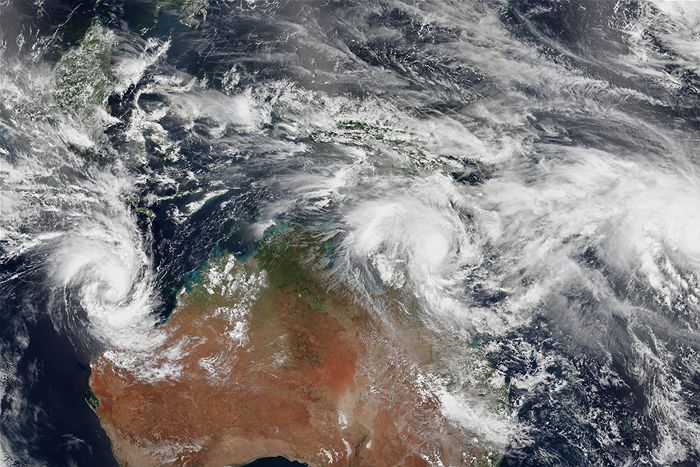Tropical Cyclone Season: Is Your Business Prepared?

While building codes, such as the wind-loading standards, are currently very effective in reducing losses and injuries, that won’t always be the case. You need to know what else your business can do for protection.
While fewer severe storms, such as cyclones and floods, are predicted for Australia’s east coast, according to global research published recently, those storms will be more intense.
They may also head south along our coasts on both sides of the country, says CoastAdapt.
While building codes, such as the wind-loading standards, are currently very effective in reducing losses and injuries, that won’t always be the case. You need to know what else your business can do for protection.
The growing cyclone risk
For cyclones to start, the sea surface needs to be about 26.5oC, and higher temperatures boost the duration and strength of those storms. The average temperature is now 24oC along Queensland and Northern NSW coastlines, but they’ll get warmer. By 2070, cyclones are forecast to occur 50% of the time when the water surface is 27.5oC or above.
Tropical cyclones can have sustained winds of up to 88kmp/h right up to 200kmp/h-plus for severe ones, says the Bureau of Meteorology.
Overall, severe storms, including cyclones, have the most significant costs of any natural hazards due to their wind, heavy rain, high tides and, at times, hail. That’s a problem with high populations and more infrastructure along our coastlines.
Which businesses are at risk?
Severe storms can happen anywhere in Australia, and expected rising sea levels are also a concern.
Between May and August, it’s common for East Coast Lows to produce storms along the coast from southern Queensland down to eastern Victoria.
These storms are unpredictable, typically developing and intensifying quickly overnight and becoming quite dangerous. One such storm, which cost $1.6 billion in damage, grounded a bulk carrier ship, the Pasha Bulker, near Newcastle in 2007, killing nine people.
How businesses can prepare for a cyclone
Well before a cyclone is expected to land, you can start planning and preparing. For example, if your business is near the coast, your local council’s coastal hazard areas maps will show the risks of storm tides.
Forewarned is forearmed. You might even look to the environment for early clues about an impending cyclone. In Bangladesh, for instance, researchers are drawing on Indigenous people’s local knowledge to understand unusual animal behaviour as an early warning.
Meanwhile, Indigenous people in Northern Queensland know a storm’s approaching if seagulls appear on an inland airstrip, or along the coast the water turns a deep green and they’re able to catch different fish in the unusually warm waters.
So, be alert to natural warnings in your areas as part of targeting planning for disaster preparedness.
Business Queensland offers these tips for small businesses to be cyclone ready:
- Create a business continuity plan that details how you’ll operate if you can’t access electricity, roads, communications, supplies or your premises
- Ensure you know how to monitor for, initially respond to and communicate during cyclones and storm surges
- Plan for how your business will recover from the disaster, as it could take months or years to get back to normal operations
- Communicate clearly with your staff, guests, customers, suppliers, regulator bodies, etc. about how the event impacts your business, advising if you’ve closed and when you plan re-opening.
Understand your coverage
Speak with Northern Insurance Solutions about reviewing your insurance coverage as part of your preparation.
Is your business adequately covered for storm damage to your property, including tools, stock, buildings, equipment, glass windows or displays, signage, etc? Maybe you’ve not yet opted to invest in business interruption insurance.
Let us guide you towards better risk management.
Speak with us about how we can work with you to help make your business more resilient. Call our office in Ayr today on 07 4783 1310 to discuss.
Read about our approach to managing business insurance.
Learn more about the types of business insurance that’s available.
Northern Insurance Solutions
Locals Covering Locals


